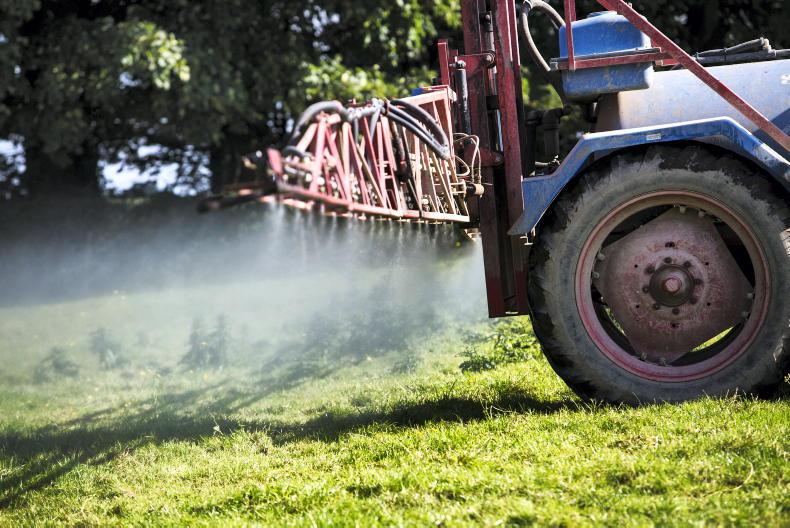As ground conditions improve, make a point of targeting grassland weeds such as docks and thistles over the next week. As temperatures increase, grass growth will be rising towards peak levels.
Unfortunately, weeds will also a surge in growth rates. Therefore, targeting weeds now before they start maturing and producing seeds is important.
On clover-rich swards, there are few products that are clover safe, so spot spraying may be the trade off that controls weeds without wiping out the clover fixing plant.
Don’t weed control in silage fields before grass covers get too strong. If swards are too advanced for spraying, wait until grass is harvested and hit all weeds once they start to regrow.
Rushes
Where rushes need controlling, mow or flail the standing plant first. Chemical control works best when rushes are green, immature and actively growing.
Weeds like buttercup are difficult to kill in one treatment. A follow up treatment later in the year may be needed.
Ragwort
If fields have a heavy infestation of ragwort, be extremely careful about controlling the weed. The best advice is to leave ragwort until autumn before spraying.
Ragwort is poisonous and has a bitter taste that stops cattle eating the weed. But once sprayed, the dying plant loses that bitter taste and cattle are more inclined to graze the decaying weed.
However, the dead ragwort plant is still poisonous. Therefore, spraying in autumn and closing the field for winter is the safest option for control.
Read more
Breeding a key tool for sustainability
Dairy management: time to act on reseeding
As ground conditions improve, make a point of targeting grassland weeds such as docks and thistles over the next week. As temperatures increase, grass growth will be rising towards peak levels.
Unfortunately, weeds will also a surge in growth rates. Therefore, targeting weeds now before they start maturing and producing seeds is important.
On clover-rich swards, there are few products that are clover safe, so spot spraying may be the trade off that controls weeds without wiping out the clover fixing plant.
Don’t weed control in silage fields before grass covers get too strong. If swards are too advanced for spraying, wait until grass is harvested and hit all weeds once they start to regrow.
Rushes
Where rushes need controlling, mow or flail the standing plant first. Chemical control works best when rushes are green, immature and actively growing.
Weeds like buttercup are difficult to kill in one treatment. A follow up treatment later in the year may be needed.
Ragwort
If fields have a heavy infestation of ragwort, be extremely careful about controlling the weed. The best advice is to leave ragwort until autumn before spraying.
Ragwort is poisonous and has a bitter taste that stops cattle eating the weed. But once sprayed, the dying plant loses that bitter taste and cattle are more inclined to graze the decaying weed.
However, the dead ragwort plant is still poisonous. Therefore, spraying in autumn and closing the field for winter is the safest option for control.
Read more
Breeding a key tool for sustainability
Dairy management: time to act on reseeding






 This is a subscriber-only article
This is a subscriber-only article










SHARING OPTIONS: